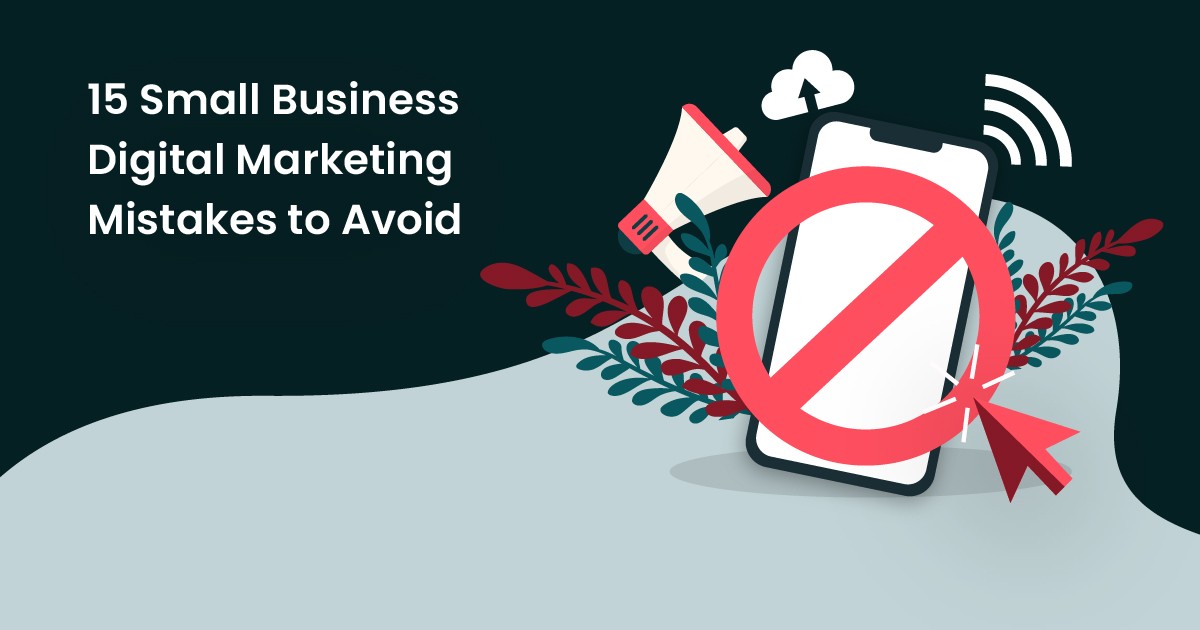
Digital marketing has helped businesses boom over the years. More than ever, marketers invest in strategies that can help them reach their audiences on different channels. Through careful planning and budget allocation, they can connect and engage with their target audience effectively. However, businesses and marketers face hurdles once in a while. Marketing mistakes are unavoidable. But, your small business digital marketing shouldn’t suffer the same fate. Or at least know how to manage it if you experience it.
In this article, know the 15 digital marketing mistakes that you should avoid. Plus, know why design is integral to your marketing strategy.
Why Is Design Important in Small Business Digital Marketing?

Establishing Brand Awareness & Visual Identity
For most brands, consistency is key. And it reflects in design. After all, you want to get recognized. Brands like Uber, Lyft, and Dropbox are among the many that observe consistency in their designs. It works well if you have a brand style guide. Think of it this way, when leads or customers see common design elements on your posts, they could associate it with your brand.
Plus, if you have a visual identity, you’re also molding a professional image. This means people may trust your business or brands and consider buying or availing something from you.
Increasing Engagement
If you want your target audience to glue their attention to you, you need captivating visuals or content. Nowadays, many businesses compete for the attention spans of their target audience. That’s why you see videos and well-designed visuals published on social media, websites, or other platforms.
Make sure to hook your target audience with appropriate visuals.
For example, your target audience is millennials. You can read about graphic design trends that will make millennials like designs and eventually share them with their peers. Even the smallest details like color and typography matter when targeting your demographic.
In line with that, the design is also a huge factor in raising engagement rates. To illustrate, Buzzsumo found that Facebook posts that include photos would have 2.3x more engagement than those without. Here are some design examples you can use to post in your marketing channels:
- Infographics
- Illustrations
- Promotional content (e.g., flyers and ads)
Boosting Conversion Rates
Eventually, as you continue promoting your product or service, you may even convert leads into becoming customers. You can apply graphic design elements on websites. Creating well-designed landing pages and observing design elements may enable your target audience to take action. Thus, allowing them to purchase something or contact you.
What Small Business Digital Marketing Mistakes Should YOU Avoid?
1. Not Trying Out Different Tactics
When it comes to digital marketing, you have different methods and channels. This means you can have a variety of marketing strategies to attain your objectives.
Examples of Digital Marketing Strategies:
- Social Media Marketing
- Content Marketing
- Email Marketing
However, one small business digital marketing mistake is not diversifying your marketing strategies. If you’re using the same strategy across different channels, you might not produce the results you expect.
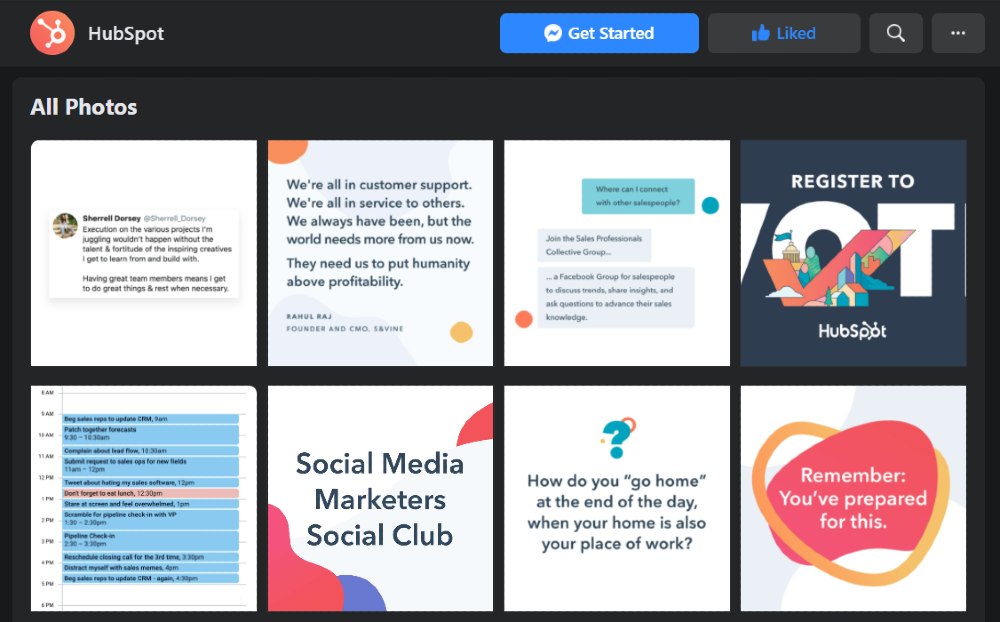
You may have to create designs and copy that would still fulfill the end goal. For example, you have an ongoing marketing campaign on social media. You can design ads or visual social media posts. Perhaps you might not post all designs on one platform.
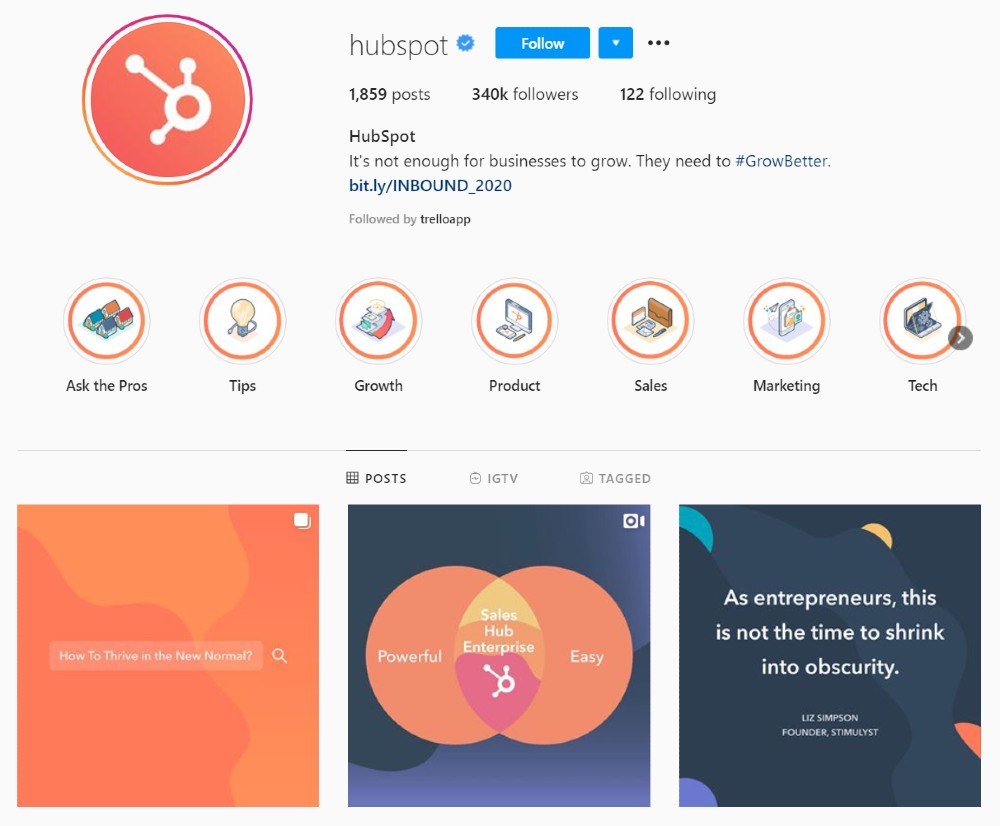
Maybe you can spread them out on Instagram or Facebook evenly. Perhaps, you can have different designs for each social media platform like these examples from Hubspot.
2. Not Expecting to Fail
You won’t have success in marketing all the time. And that’s okay.
In marketing, not everything will go how you plan. In some cases, you might have some challenges in attaining the objectives you need. That’s fine. However, you also have to understand that you might have to plan around this too. If this happens, you may need a contingency or back-up plan. Maybe you have to tweak even the littlest of elements to help you get back on track.
3. Not considering feedback from customers

Since you’re promoting products or services to your customers, they’ll eventually have a say about it. Their reviews or feedback can become a crucial part of how you can improve your marketing efforts. Since they’re a customer, they face the challenges others might. Once a potential customer stumbles upon your ad or website and sees a customer review that speaks to them, they might take an interest.
One way to use their review is by using it as social proof like this example from Supernatural. You can add it to your graphic design collaterals or your website’s landing page. It’s a common small business digital marketing practice.
Another way is to find the common phrases or words that your customers use. Maybe you could use that for your content marketing efforts. Or you could incorporate that in your unique selling proposition (USP) too.
4. Not measuring the right metrics
Marketing metrics can be tricky sometimes. In every platform you might use, you’ll see data and numbers that would rise and fall. But it can be challenging to pinpoint which ones would matter in the long run.
So, what are metrics that matter?
CoSchedule and Impact BND reveal some of the significant marketing KPIs that have value:
- Conversion rates
- Cost per lead
- Organic traffic
- Return on investment
- Click-through rate
You may want to skip vanity metrics. These metrics may put a smile on your face, but they don’t offer the same benefits that conversion rates would have in the long run. According to Crazy Egg, you might want to ignore these metrics:
- Email subscribers
- Page Views
- Likes
5. Not A/B testing

One of the great things about digital marketing is you can run A/B or split testing. You can test out different advertisements or content. From there, you can see how people would respond to it. Here are examples you can A/B test for your small business digital marketing campaigns:
- Landing pages
- Email newsletters
- Social media ads
However, if you have a limited set of creatives (i.e., photo, graphic design, video), that might pose a problem. Testing is a crucial part of marketing because you want to know if your strategies are working.
Fortunately, most marketing channels enable businesses to conduct A/B testing. Plus, don’t be restricted with budgets. Even with limited spending, you can run A/B tests on landing pages, for example like this one from Asana. Maybe you can stick with that until the campaign ends. From there, you can further assess your campaign’s performance.
6. Not focusing on your goals
The number one result on Google is the most coveted spot by most businesses. Businesses and individuals compete by creating relevant and valuable content. Everyone aims to become number one. However, if that’s your only goal and not thinking about converting customers, you might lose out on sales.
Keep in mind what your primary focus is. Sure, being number 1 would be great. But, if sales are much more important than becoming number 1, then you could stick to that at the moment. Then, maybe once you’ve gained traction or generated buzz, you could work on supercharging your marketing efforts in becoming an authority in your niche. Who knows, you might finally reach the first page.
7. Not learning your competitors’ strategies
One of the practices that most small businesses do is to take notes from their competitors. It could be social listening or viewing the content they published. It’s one way to know how you can improve on their current digital marketing strategies. This way, you can captivate your target audience and let them come to you.
8. Not targeting different audiences on the marketing funnel
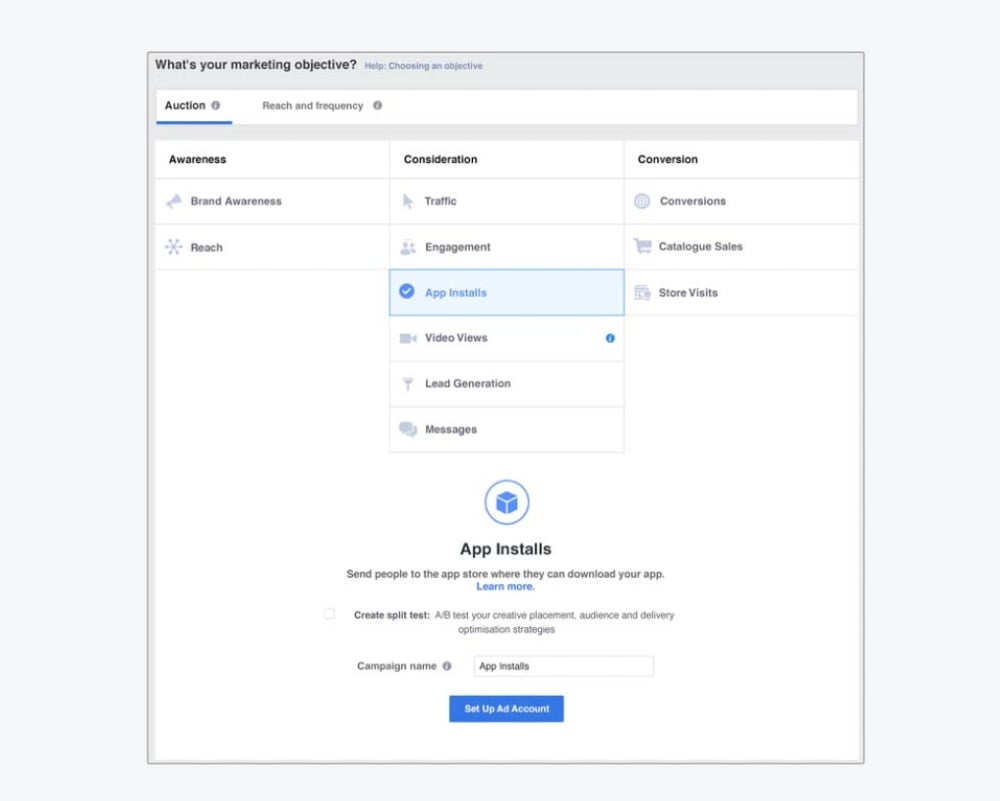
It would be best if you always kept in mind that your target audience could be in different marketing funnel stages.
The basic marketing funnel has four stages. The first is awareness. Then, they’ll get an interest over your product or service. After this, they might get a desire to buy the product or avail it. And if they do, they’ll eventually take action.
One of the small business digital marketing mistakes is not considering the funnel. You’ll always have visitors, leads, and customers. But you shouldn’t focus on one demographic. It’s important to remember that everyone is accounted for in marketing. After all, for leads and visitors, you want them to become customers. As for customers, you want them to have repeat business with you.
One way to curb this mistake is to note how you can advertise on social media. Facebook, Twitter, and LinkedIn can help optimize your campaigns by letting you choose objectives. This way, you can attain your marketing goals through their platforms.
9. Not connecting with the audience

You should always keep your audience in mind. You’re not promoting your products to yourself. Make sure that you’re always engaging with your audience. Sometimes, though, small businesses may not realize that they talk more about themselves than engage with the audience.
Focus on your USP. Spin it to attract your audience to engage with you. Make sure to use the word “you” in your copy. Perhaps, you can interact directly with your audience via social media like this one from Headspace. Always include your customers in your process.
10. Not producing valuable or relevant content

If you churn content or designs for the sake of doing so, consider it useless. You might be providing important information, but are the keywords you’re using relevant to you? Also, avoid posting content for the sake of likes. You want to make sure that you want people to trust your business and eventually become their source.
To address this, you need a content marketing plan where you schedule posts. Make sure that the keywords are what you can rank for and relevant to your business. Diversify your posts by creating graphic design posts that you can publish on your website or social media like this one from Bed, Bath, & Beyond.
11. Not considering it as a long-term investment

Marketing isn’t just a way to get people to buy your items or avail of your services. It’s an investment that will become advantageous for you. It’s not just an expense that you jot down on your accounting books.
You’ll know that even big brands like Coca-Cola, Nike, or Apple continue to use marketing not because it’s a way to get sales. It helps them retain customers and makes them a leading source or authority.
12. Not connecting online with offline
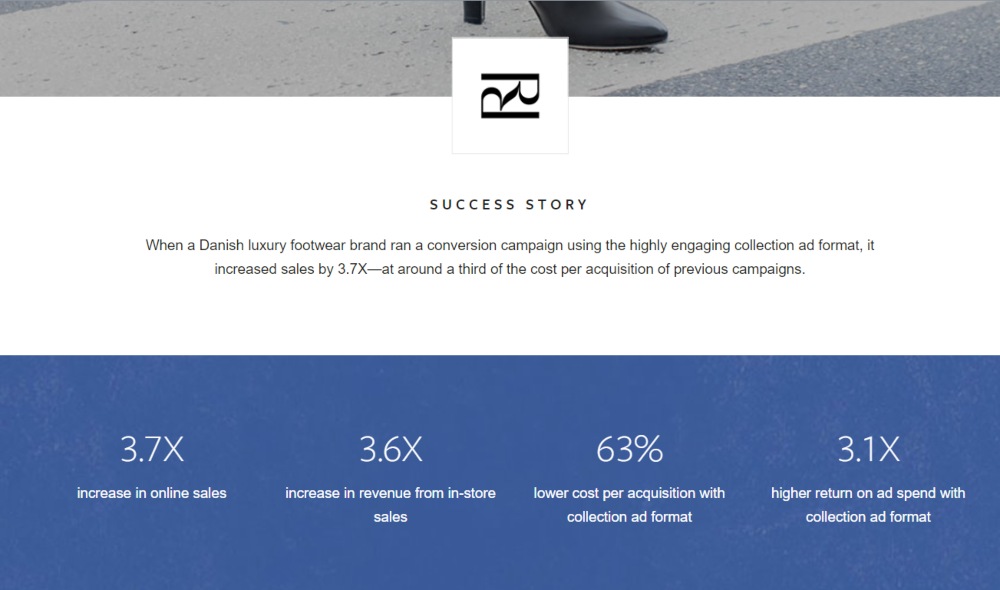
Digital marketing and offline marketing strategies work hand-in-hand. Even if most of your audience would be online, tried-and-tested methods like billboard advertising or flyers are still viable. You can combine these two and generate leads or acquire new customers.
If you have a brick-and-mortar business, too, you want to make sure that you’re driving foot traffic as well. You may need a retargeting strategy in place so that you have people flocking to your store.
13. Not setting budgets appropriately
Spending is one of the most common issues that many businesses face with marketing. After all, you want to make sure that you’re getting your money’s worth. There’s no set budget for every platform or strategy. However, some may encounter having spent too much on one channel and or underspent on it.
In the end, all experts say the same thing: prioritize. That’s why you should always indicate a budget in your small business digital marketing plan. One way in doing this is knowing which areas you want to promote. You could spend a hefty amount there. If you still have some to spare, perhaps, you can consider pouring efforts into another. Or allocate it somewhere.
14. Not optimizing your website
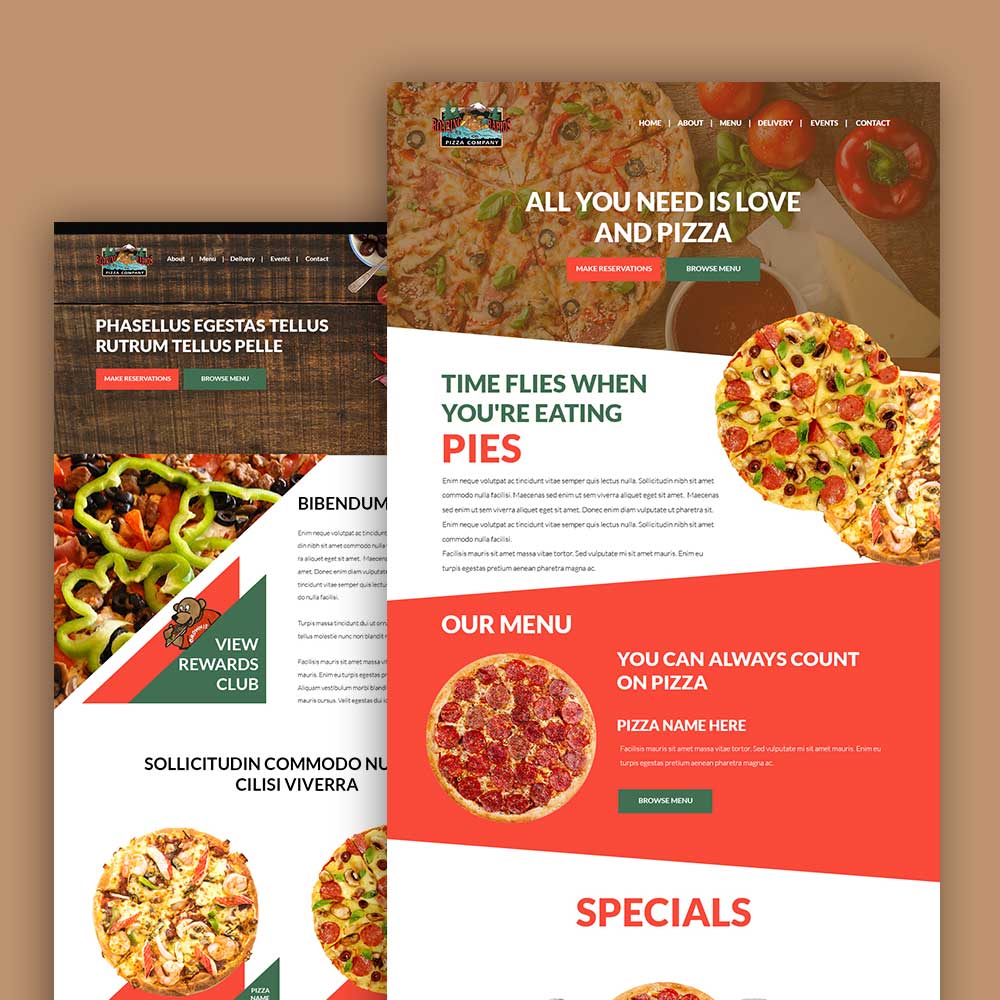
You need to remember that a website shouldn’t only serve as a source of information. On most websites, you want to make sure that your target audience can contact you. Even if your website doesn’t have an eCommerce solution, you can provide educational resources, too. But make sure to lead them back to the website. Or indicate contact details. This way, they can hit you up for a future sales-related matter.
eCommerce sites, most especially, should always optimize their site. After all, their end goal is to convert a visitor into a lead and become a customer. If you’re running an eCommerce site, you can add call-to-action (CTA) buttons leading visitors to your product pages. Or it could be your blogs or reviews. This way, you’re leading them through the marketing funnel, which may enable them to add something to their carts.
15. Not delegating marketing tasks
Digital marketing can be tough on small businesses, especially if you’re starting. You might face difficulty in breaking out on platforms where your competitors have made their marks. But don’t let that stop you. You might need an extra set of hands or automated software to give you a push.
In some cases, you might have to get assistance from marketing or design agencies or services to advance your marketing efforts. You might have to spend more than your allotted budget, but at least you’re leaving it to the experts to achieve your marketing goals.
Final Thoughts
Small business digital marketing may become a challenge. And it’s expected that you might make mistakes as you implement your marketing plan. In the end, by avoiding these mistakes, you’re well on your way in running marketing campaigns that could yield success.
About the author

Katrina Pascual
Katrina is a content writer specializing in graphic design, marketing, social media, and technology. In her spare time, she writes monthly personal blogs to practice her craft.








